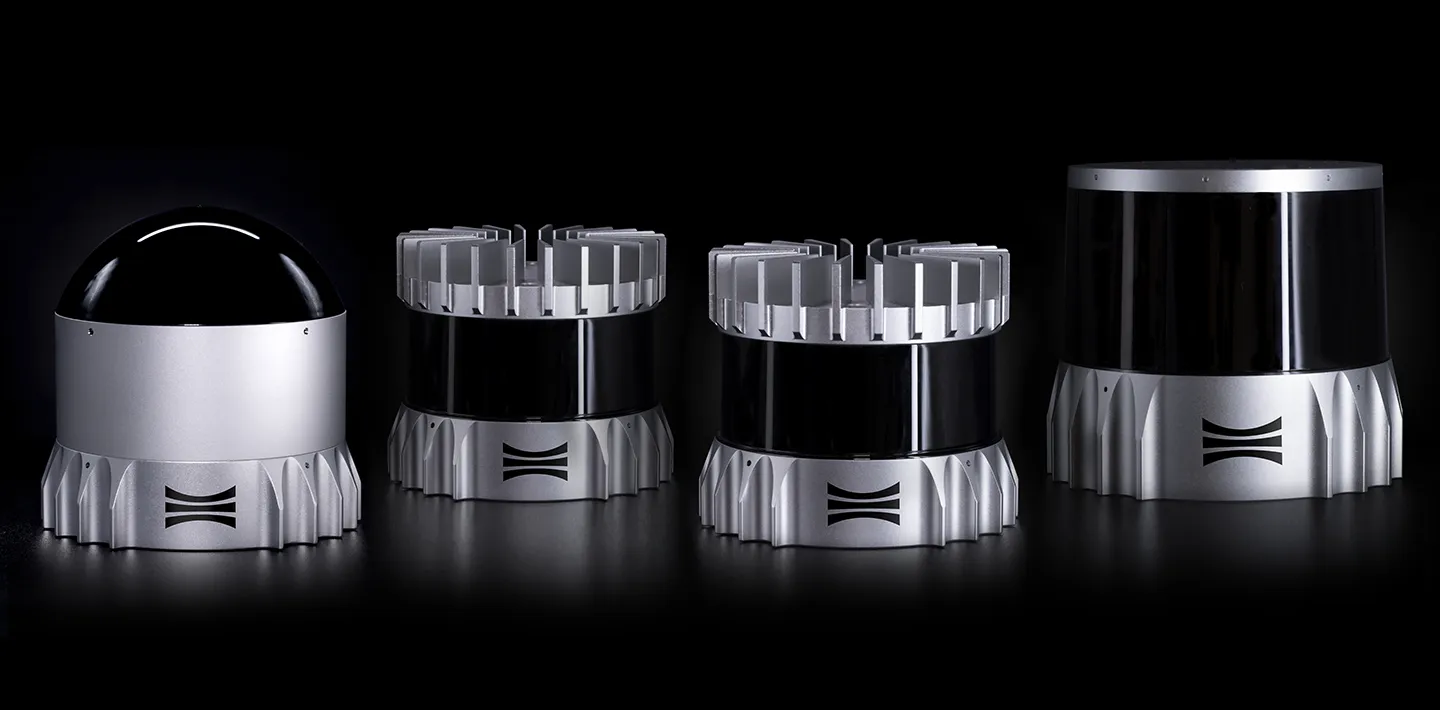Sony Europe Imaging Sensing Solutions has launched its industrial vision global shutter complementary metal oxide semiconductor (GS CMOS) module to use the USB3.0 transmission standard. Called XCU-CG160, the solution has a 1.6MP resolution and is said to transmit data at 100 frames per second.
April 30, 2018
Read time: 1 min
Sony Europe 8784 Imaging Sensing Solutions has launched its industrial vision global shutter complementary metal oxide semiconductor (GS CMOS) module to use the USB3.0 transmission standard. Called XCU-CG160, the solution has a 1.6MP resolution and is said to transmit data at 100 frames per second.
XCU-CG160 intends to create a migration path from charge-coupled device to GS CMOS without system upgrades or a changed architecture.
The device also includes key image-processing features such as gain and defect pixel correction as well as shading correction.










